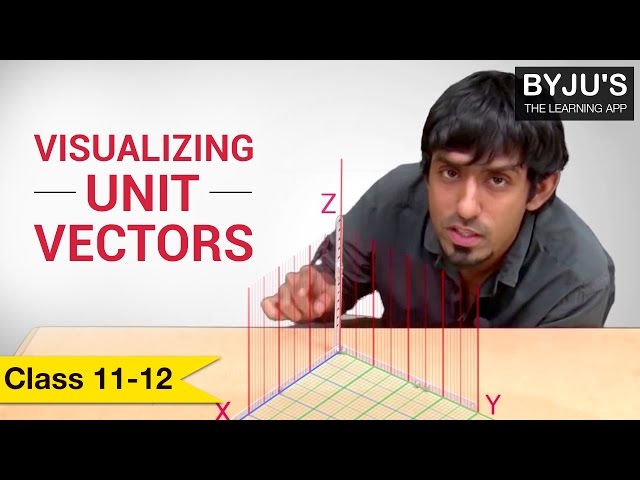Position of a Vector
If we are provided with a point Q(x,y,z) and
CBSE Class 12 Maths Notes Chapter 10 Vector Algebra – Related Links

The relation between magnitude, direction ratios, and direction cosines of a vector
If a vector has been given with dimensions such as magnitude(p), direction ratios (x,y,z) and direction cosines (l,m,n) then the relation between them is:
l=x/p, m=y/p,n=z/p
The order taken for the vector sum of the three sides of the triangle is
And the vector sum of coinitial vectors is the diagonal of the parallelogram, which has the vectors as its adjacent sides.
When multiplying a vector by a scalar λ, the magnitude of the vector changes by the multiple |λ|, and the direction remains the same (or makes it opposite) according to the value of λ being positive (or negative).
Position Vector of a Point R on a Line Segment
A line segment joining two points, such as P having a position vector of
- The internal ratio is given by \(\begin{array}{l}n\underset{a}{\rightarrow}+m\underset{b}{\rightarrow}/m+n\end{array} \)
- The external ratio is given by
The scalar product of two position vectors
We can find the value of
| Also Access |
| NCERT Solutions for Class 12 Maths Chapter 10 |
| NCERT Exemplar for Class 12 Maths Chapter 10 |
Important Questions
- Find the ratio in which B divides AC and also show that points A(2, – 3, – 9), B(6, 0, –1), and C(10, 4, 6) are not collinear.
- Determine the girl’s displacement from her initial point of departure if she walks 5 km towards the West, then walks 4 km in a direction 40° East of the North and stops.
- Draw a unit vector in the XY-plane, making an angle of 30° with the positive direction of the x-axis.
- Find the area of the triangle with vertices P(2, 3, 4), Q(3, 4, 6) and R(2, 6, 7).
- Show that the points P(1, 2, 7), Q(2, 6, 3) and R(3, 10, –1) are collinear
Also, Read
| Algebra | Algebra Formulas |
Frequently Asked Questions on CBSE Class12 Maths Notes Chapter 10 Vector Algebra
What is a constant?
A constant is a quantity which has a fixed value.
What are like and unlike terms?
In algebra, terms are terms that have the same variables and powers. Unlike terms are two or more terms that are not like terms, i.e. they do not have the same variables or powers.
What is a vector quantity?
Any quantity that has both magnitude and direction but not position is known as a vector quantity.
Comments